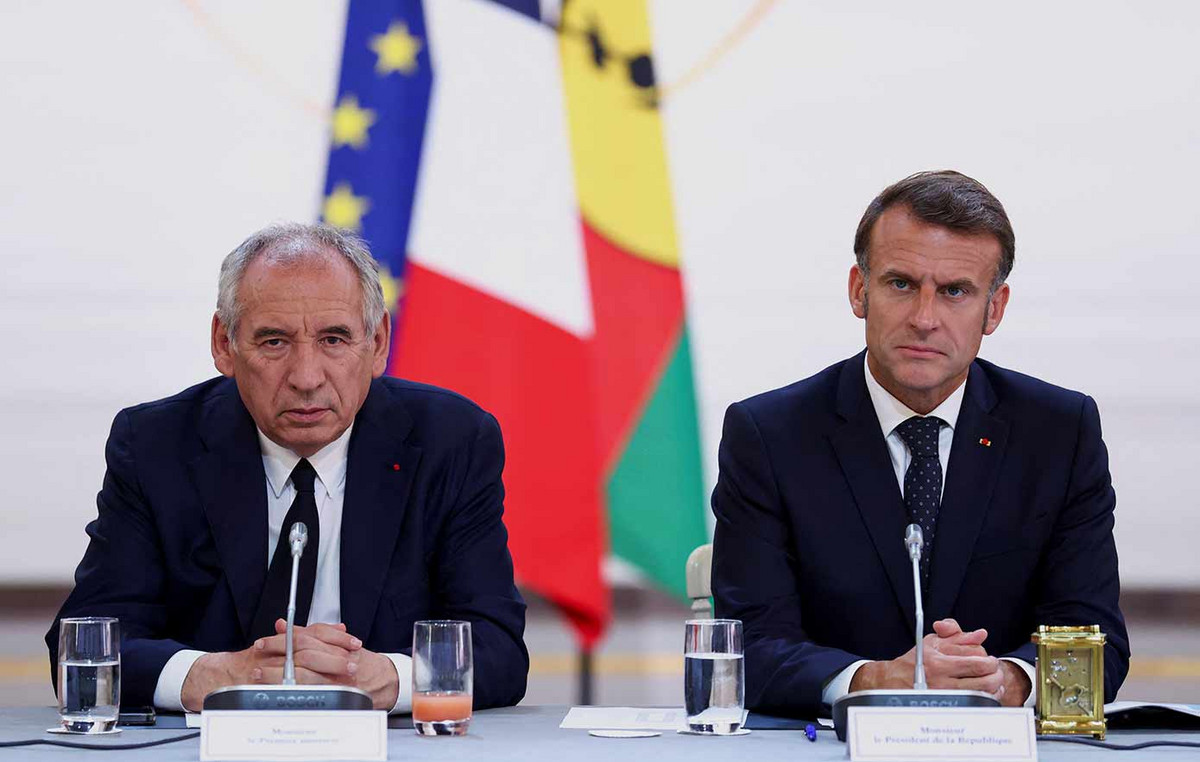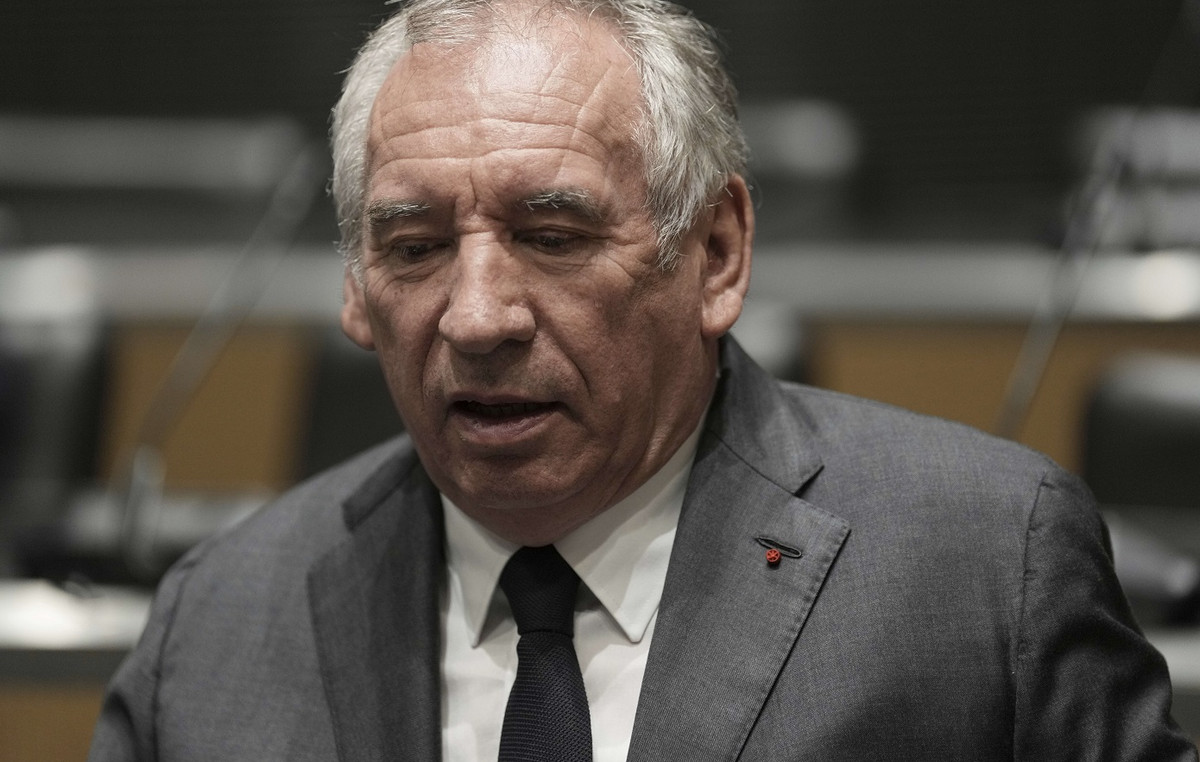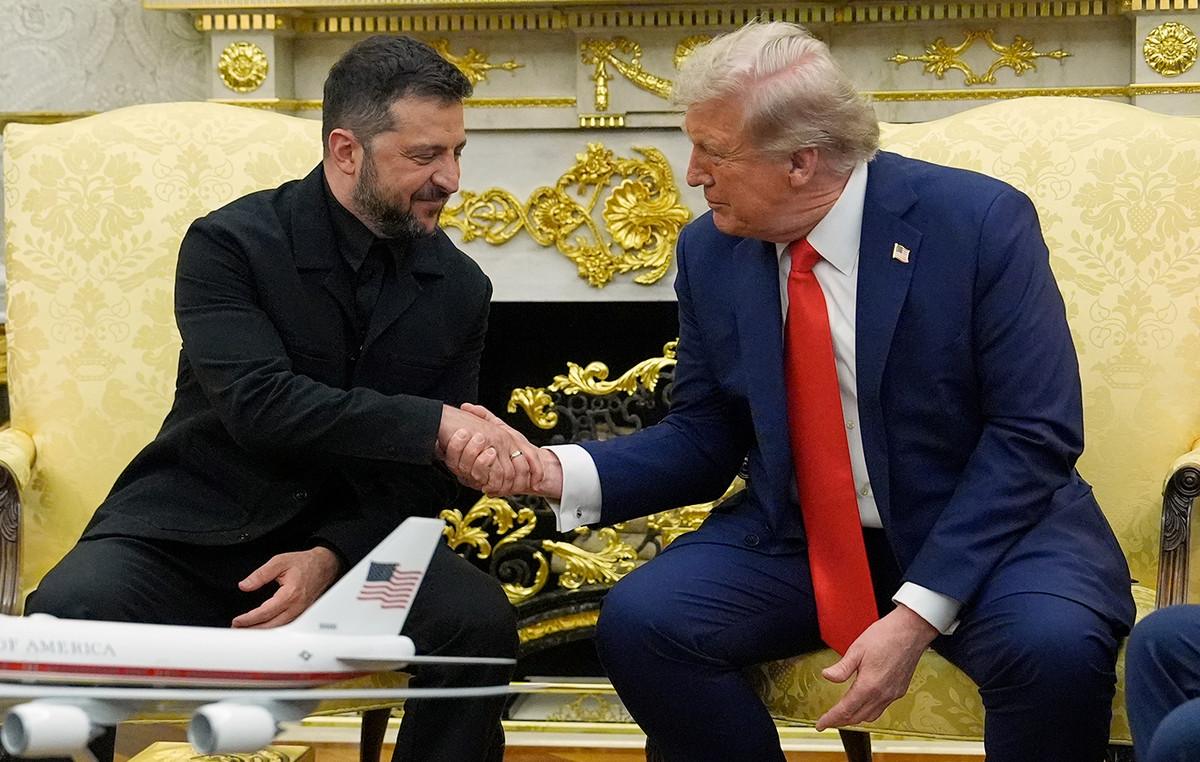He Real Brazilian can be seen against the US dollar on Tuesdayreaching its highest level in two days after US inflation for the month of April has been below the expected.
The USD/BRL has opened the day testing a daily maximum in 5,6749 but has fallen with a minimum of two days in 5,6435 after the publication of US inflation.
The Current price of the dollar against the Brazilian real is in 5.6435, losing 0.55% in what we have been.
The United States inflation falls to 2.3% per year in April compared to 2.4% expected, the dollar goes back
- He Consumer Price Index (CPI) of the United States grew at an year -on -year rate in April 2.3%below the previous 2.4%. The monthly index rose 0.2% after falling 0.1% in March, moderating the increase of 0.3% expected. Finally, the underlying inflation, which excludes food and energy, remained in 2.8% in annual reading, as expected. The monthly underlying IPC rose 0.2%, below the estimated 0.3%. The data has caused a decline of the dollar, since they could cause the Fed to announce a rate cut at its June meeting.
- He Brazilian President Lula da Silva and his Chinese counterpart, Xi Jinping, will sign new commercial agreements in Beijing on Tuesday. Through these pacts, Brazil will increase the presence of its agricultural products in China, while the Asian giant will broaden its investments in infrastructure projects in Brazilian territory.
- Lula recalled yesterday during his visit to Beijing, that Brazil and China will be unavoidable partners, whose “will be indestructible” relationship.
- Brazil will publish its figures on Thursday March retail saleswaiting for a 1% increase compared to the 0.5% increase in February.
US dollar FAQS
The US dollar (USD) is the official currency of the United States of America, and the “de facto” currency of a significant number of other countries where it is in circulation along with local tickets. According to data from 2022, it is the most negotiated currency in the world, with more than 88% of all global currency change operations, which is equivalent to an average of 6.6 billion dollars in daily transactions. After World War II, the USD took over the pound sterling as a world reserve currency.
The most important individual factor that influences the value of the US dollar is monetary policy, which is determined by the Federal Reserve (FED). The Fed has two mandates: to achieve price stability (control inflation) and promote full employment. Its main tool to achieve these two objectives is to adjust interest rates. When prices rise too quickly and inflation exceeds the 2% objective set by the Fed, it rises the types, which favors the price of the dollar. When inflation falls below 2% or the unemployment rate is too high, the Fed can lower interest rates, which weighs on the dollar.
In extreme situations, the Federal Reserve can also print more dollars and promulgate quantitative flexibility (QE). The QE is the process by which the Fed substantially increases the flow of credit in a stuck financial system. It is an unconventional policy measure that is used when the credit has been exhausted because banks do not lend each other (for fear of the default of the counterparts). It is the last resort when it is unlikely that a simple decrease in interest rates will achieve the necessary result. It was the weapon chosen by the Fed to combat the contraction of the credit that occurred during the great financial crisis of 2008. It is that the Fed prints more dollars and uses them to buy bonds of the US government, mainly of financial institutions. Which usually leads to a weakening of the US dollar.
The quantitative hardening (QT) is the reverse process for which the Federal Reserve stops buying bonds from financial institutions and does not reinvote the capital of the wallet values that overcome in new purchases. It is usually positive for the US dollar.
Source: Fx Street
I am Joshua Winder, a senior-level journalist and editor at World Stock Market. I specialize in covering news related to the stock market and economic trends. With more than 8 years of experience in this field, I have become an expert in financial reporting.







